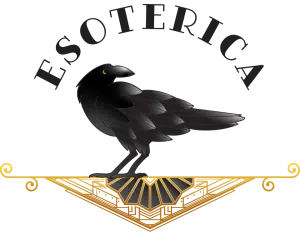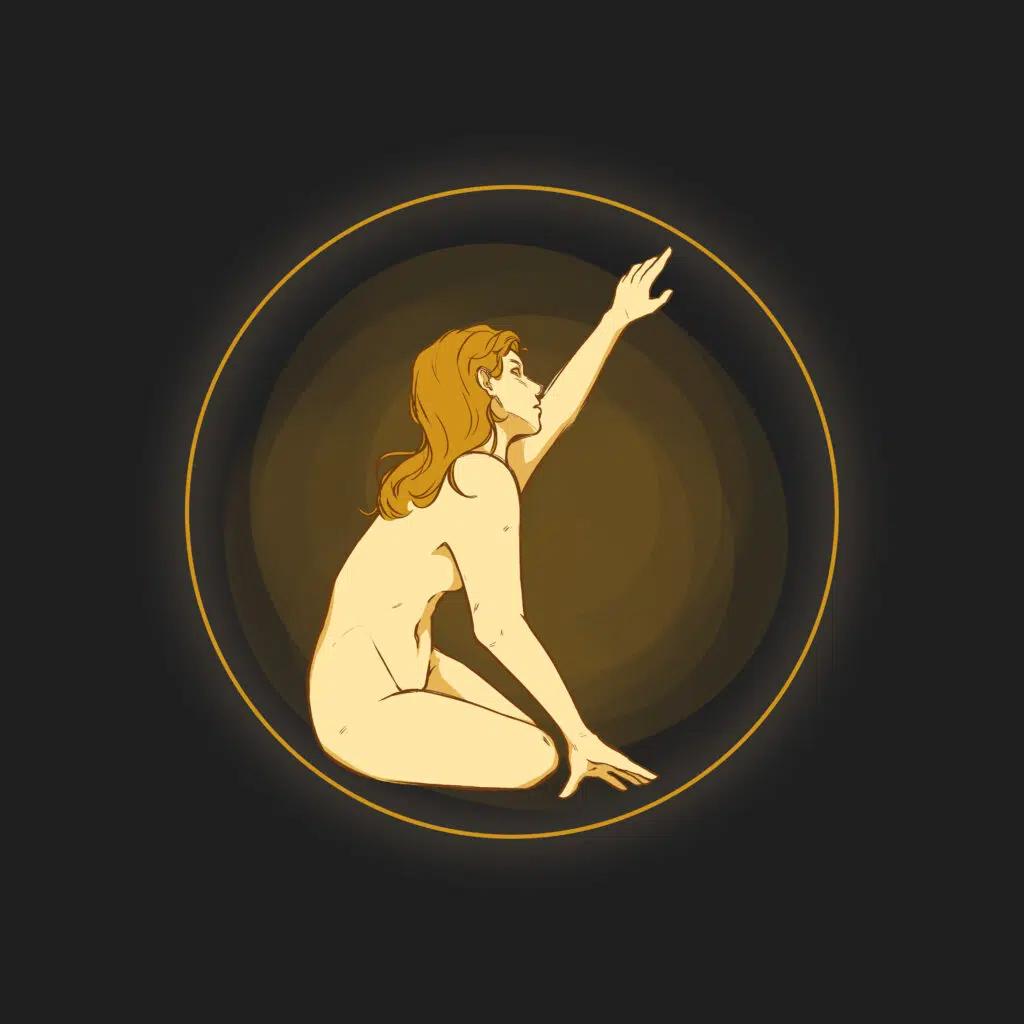By Alexandra Beitia,
In 2020, a Gallup review reported that 3.1% of all U.S. adults self-identify as bisexual. The review also shows that it is most common for younger generations to identify as bisexual, as 15.9% of Generation Z (born 1997-2002) identify within the LGBTQIA+ community. However, even as growing numbers of people feel comfortable coming out, it is not uncommon for bisexual individuals to face discrimination unique to their identity.
Dr. Amber Muller, a visiting professor at the University of California, Davis who teaches in the Gender, Sexuality and Women’s Studies department, identifies as bisexual and wants to address the topic from her lived experience and from an academic standpoint.
“I think that bi erasure is sustained by similarly orthodoxic discourses on both sides,” Dr. Muller said. “From […] straight communities saying—particularly around when bisexuality or pansexuality shows up in femme folks or women—[that] it is a phase, this is for attention, etc. Similar orthodoxic narratives in gay and lesbian communities [assert that] bisexuality is somehow a steppingstone to an authentic queer identity.”
Dr. Muller has surrounded herself with supportive and caring queer friends, but notes that even these friends make biphobic jokes.
“I have a lot of […] friend groups of incredibly educated, incredibly politically-oriented queer women who will still crack jokes about when I finally get […] to a place of real lesbianism” Dr. Muller said. “There are a lot of insinuations that bisexuality for women is always the remnants of compulsive heterosexuality.”
Kaelen Tabasa, one of Dr. Muller’s students at UC Davis, has encountered similar attitudes.
“A lot of people view bisexuality as the purgatory for sexuality, a grey area that [bisexuals] are bound to leave at one point or another, a phase,” Tabasa said.
Dr. Muller theorizes that bisexuality gets pushback from both straight and queer communities because people fear living in the ambiguity of nonbinary sexual orientation.
“Bisexuality really refuses a binary identification of sexual identification, which is still fraught and threatening to the orthodoxies to either side,” Dr. Muller said. “Part of the pushback from queer communities is the fear that bisexual people’s existence somehow evacuates the potential of ‘born this way’ arguments. Part of it is strategic—like [with] bi folks who find themselves in heteronormative relationships or seemly heteronormative relationships, there is a fear that somehow this is taking away from the cause.”
Gender-specific discrimination
Bisexual erasure is often gender-specific, with bisexual men experiencing the most erasure, notes Lucas Cannuscio, a music major at Loyola Marimount University in Los Angeles.
“[Bisexual representation] is not typically something that is present or accepted in most social groups,” Cannuscio said. “For men especially, it seems that people typically are more comfortable if you’re hetero or gay, but not bi.”
For Cannuscio, the homophobia he faced while coming to terms with his sexuality prepared him for what he faces as an openly bisexual man.
“It was pretty rough at the time, but it also taught me to not accept too strongly what other people may think of me, and to trust more in my gut.”
Bisexual women and femme-presenting bisexual individuals also face gender-specific discrimination. Naphtali Sebastian, a recent graduate of Sacramento State University, said she struggles to gain acceptance from straight individuals.
“For me as a woman, I have had men tell me ‘all girls do shit with other girls,’ or, ‘every girl nowadays says they’re bisexual,’” Sebastian said. “With this type of narrative, it invalidates people like me. I don’t want to feel like I have to defend myself in that way and it’s very insensitive for people to say things like that.”
Tabasa added that bisexual femmes also feel sexualized by the public.
“Bisexual women are fetishized a lot by heterosexual men,” Tabasa said. “I blame porn.”
On popular dating apps such as Tinder, some bisexual individuals put phrases in their bios to attempt to avoid this fetishization, including ‘no threesomes.’ A non-binary UC Davis student (who didn’t want their name published) expressed weariness with how frequently they are sexualized.
“I’d be rich if I was paid every time a cis-het man asked me for a threesome upon hearing that I was bisexual,” they said.
Many other femme-presenting bisexual people share similar feelings, including UC Davis junior Jenny Pelliconi.
“The way we get hit up for threesomes all the time… gross,” Pelliconi said.
The discrimination directed towards bisexual people caused UC Davis senior Sukhmani Sahota to question the validity of her identity when her sexual preferences skewed to one gender.
“That’s why I was so hesitant to call myself bisexual—and even for this interview, I don’t even know if I was a good candidate because I lean more towards guys,” said Sahota.
The pansexual complication
The emergence of the term “pansexual” is another issue facing the bisexual community. A pansexual individual is defined by the Oxford American Dictionary as someone “not limited in sexual choice in regard to biological sex, gender, and gender identity.” A bisexual person, meanwhile, is defined as “a person who is sexually attracted not exclusively to people of one particular gender.”
These definitions are synonymous, stating that a person who defines themselves by either of these terms is open to relationships with anyone, including but not limited to the same sex or gender identity.
The distinction—a harmful one—between the two terms comes from those within the LGBTQ+ community who argue that pansexual people “are more inclusive because they like trans people” said Jenny Pelliconi, 21.
This view is inherently transphobic, as it places all transgender individuals into a separate category; it’s a subtle way of saying that trans women aren’t women and trans men aren’t men.
At the same time, this definition of pansexuality places bisexual people in a position of being the enemy: they are assumed—wrongly—to live in the binary world where they are only attracted to cisgender men and cisgender women. This can leave bisexual people feeling even more excluded from the LGBTQIA+ community.
“The quiet thing that they aren’t saying is that pansexuality is better [than bisexuality]” said Jenny Pelliconi, 21.
Intersectionality
Bisexuality, like all other LGBTQIA+ identities, has been stigmatized by a Western colonial culture that champions heterosexuality.
In an article for E-International Relations, Manuela L. Picq, a professor of International Relations at Universidad San Francisco de Quito (USFQ), wrote that in Indigenous communities, sexual diversity is commonplace, and not the exception as seen in Western society today.
“In Juchitán, Mexico, muxes are neither man nor woman, but a Zapotec gender hybridity. In Hawai’i, the māhū embrace both the feminine and masculine. The Māori term takatāpui describes same-sex intimate friendships, and since the 1980s it is the term used alongside the term queer. Non-monogamy is the norm among the Zo’é peoples in Amazonia and in the Ladakhis in the Himalayas. In other words, Indigenous sexualities were never straight: ranging from cross-dressing to homo-affective families, they are as diverse as the peoples who practice them.”
According to the PBS film Two Spirits, the Navajo people hold the belief that in order to maintain harmony within the individual, there has to be a balance of the feminine and masculine energies. The term two-spirit is a shorthand for the wide spectrum of gender and sexual identities in Navajo society.
Roger Kuhn, a board member of Bay Area American Indian Two-Spirits, described their struggles with sexuality in relation to Western colonization in an article for the Washington Post.
“Assimilation means you lose a lot of your identity and in that assimilation process I think is where we went astray with sexuality,” said Kuhn.
The intersections of race, gender and sexuality make struggles more complex for indigenous members of the LGBTQIA+ community. Indigenous cultures embrace the vast world of sexual and gender identities, and attempting to define these identities within Western contexts can be limiting for people like Kuhn.
Bisexual people stress that bisexuality is not imagined and is not a phase or a stepping-stone; it is an identity that is open to all human romantic and sexual attraction. Conversations with bisexual-identifying individuals demonstrate that we should think more openly about gender and sexual identity.
“When you do something a bit different, people feel that discomfort and say, ‘no you are doing it wrong,’” the non-binary student said. “There’s no wrong way to do it as long as you are not hurting anyone.”
Alexandra Beitia is a graduate of UC Davis who majored in Gender, Sexuality, and Women’s Studies. She was the Social Media Manager for BreakBread Literacy Project In 2021. She has been published online by the Sad Girls Club Literary Blog, and the Just Girl Project. She has been published in print by InPrint (UC Davis student run magazine), the Wingless Dreamer, and Poet’s Choice

